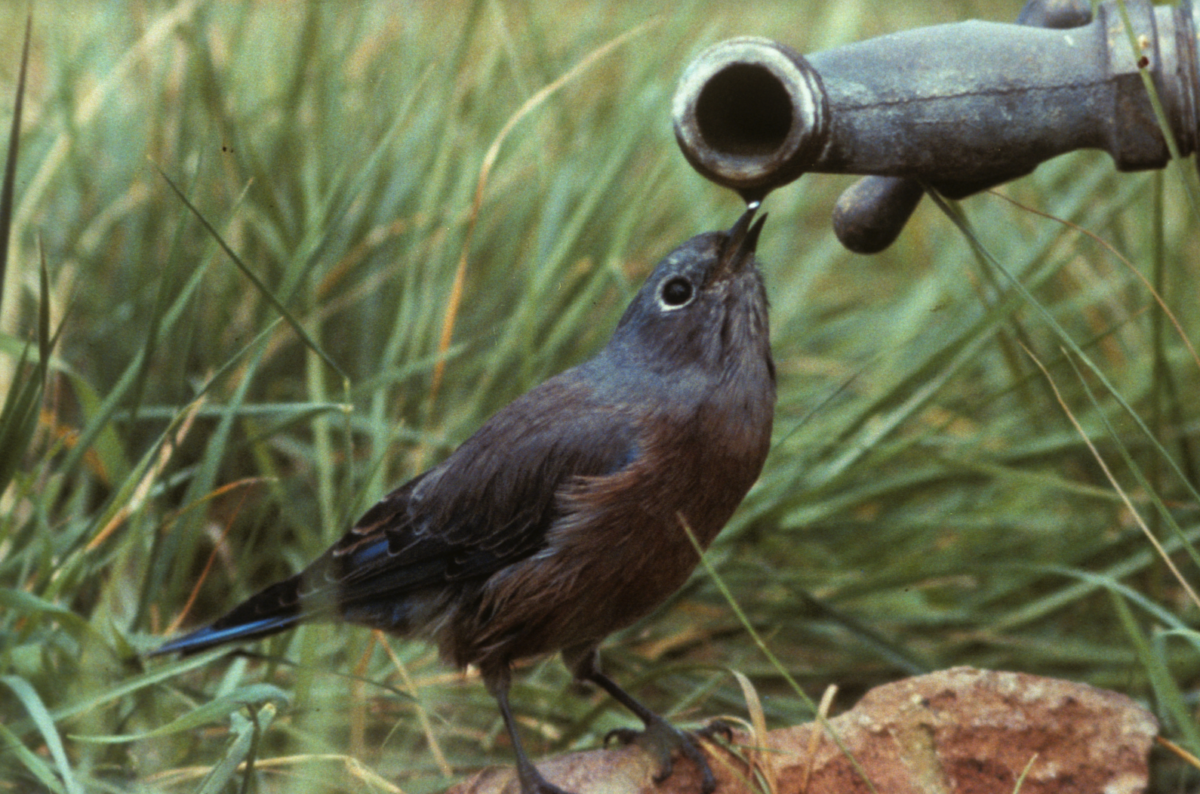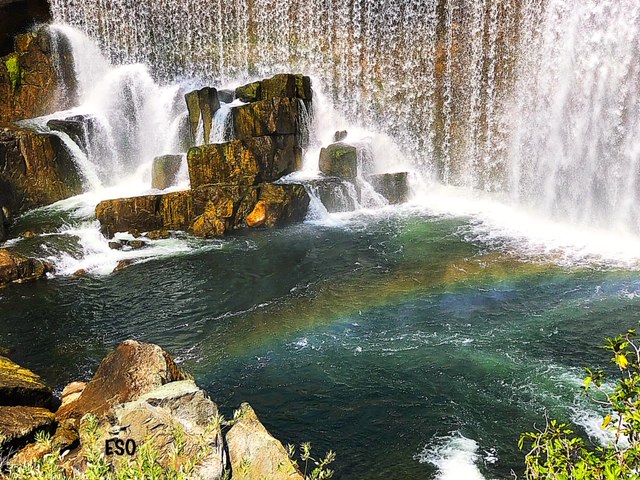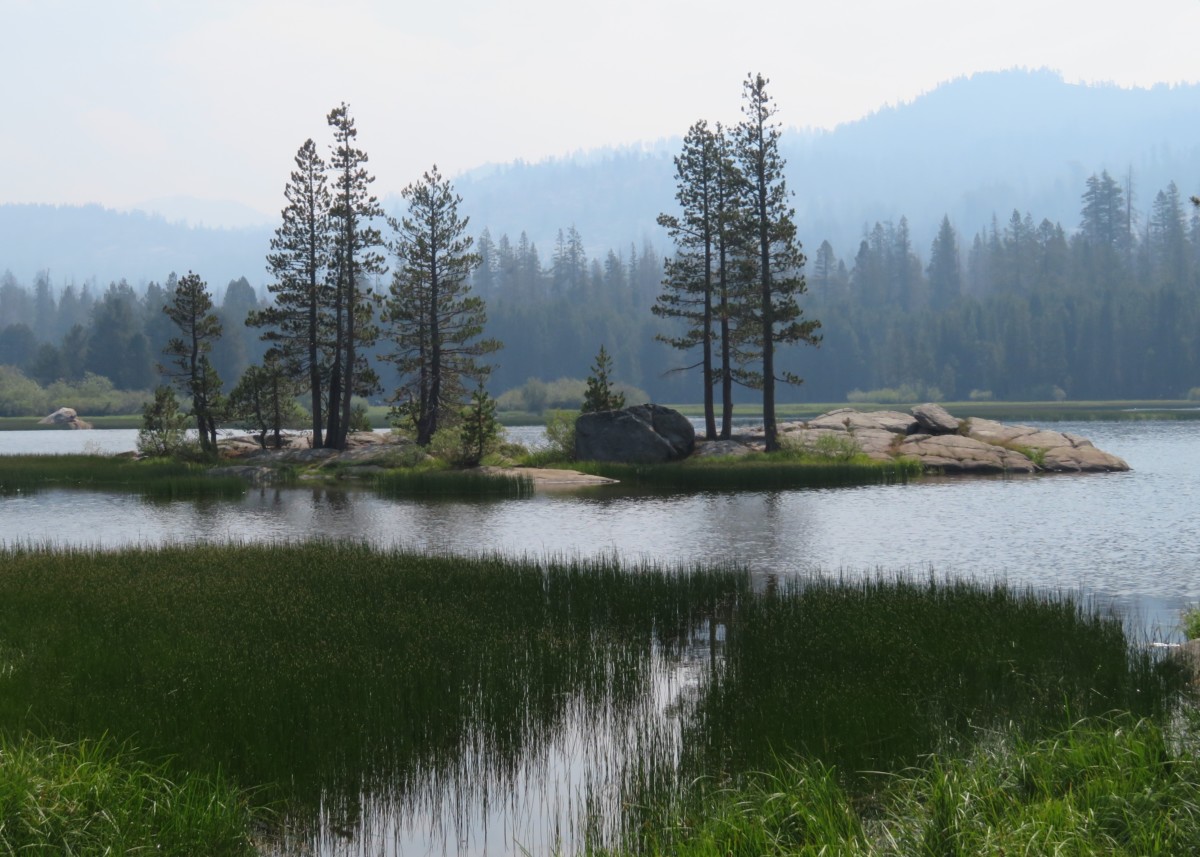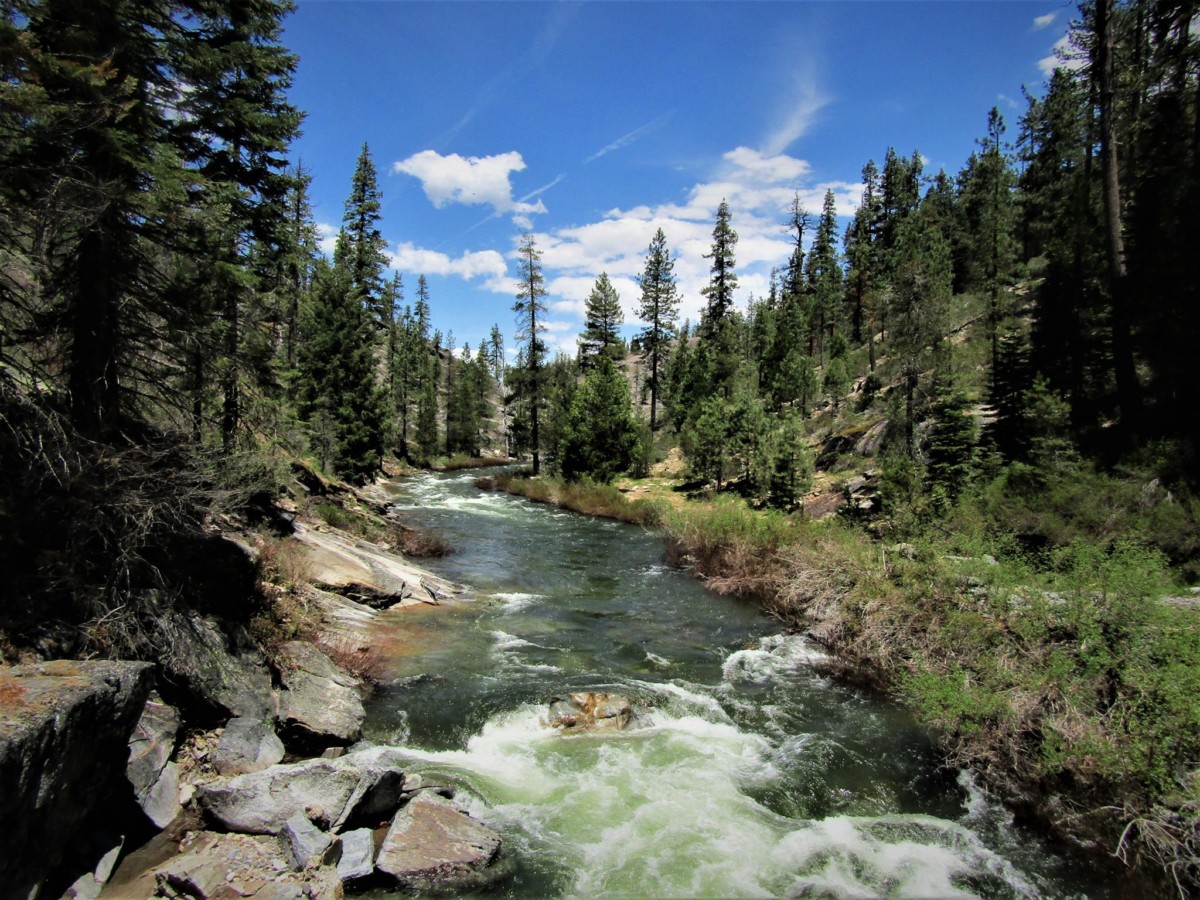Protecting the Sierra Nevada's Precious Water
The waters that flow from the Northern Yosemite region face many threats. New commercial and residential developments increase domestic water supply demands, livestock grazing can add pathogenic bacteria to the water, herbicides can wash into streams, and new dams or diversions can alter the natural flow of the region’s rivers. Many of these human-caused threats to water quality can also degrade riparian habitat for wildlife.
The water that downstream area residents and agricultural users rely on in California comes primarily from snowpack that is stored and filtered by mountain watersheds. The value of water from our vast Northern Yosemite region is greater than the value of all the other resource uses (such as logging, mining, and grazing) of this region combined.
Water in the Northern Yosemite Region
The Tuolumne River, Stanislaus River, Merced River, Mokelumne River, and Clavey River each bring to mind images of waterfalls, thundering rapids, deep quiet pools, and countless ways for outdoor recreational visitors to savor the river’s beauty on a hot summer day.
But the natural ecology and health of these rivers face many challenges - challenges that CSERC confronts over and over in the Center’s work to defend water resources of the Northern Yosemite region. How CSERC protects water
Clean, Pure Water - vital for Life
In collaboration with regional and state water board staff, CSERC developed protocols for collecting water samples from streams throughout the region to test for contaminants. Over more than a decade of CSERC’s intensive water quality sampling for fecal coliform bacteria have revealed septic effluent, petroleum runoff, and bacterial contamination of some streams that could cause people to become sick from just having bodily contact with the water. How CSERC tests water quality
Forest Watershed Resources
Water resources on public lands face many threats; National Forests are managed as lands "of many uses"; unlike National Parks. The many uses in National Forests can often lead to significant impacts in the watershed or water quality. Every new road and timber sale in the forest contribute some level of sediment into downstream waters. Off-road-vehicle use, bulldozing of brush fields to convert areas in tree plantations, livestock grazing, mining, and even widespread dispersed camping can all result in effects on streams and rivers. Read more about water at risk
The Clavey River is Wild, but...
While most of the rivers in the Sierra Nevada are dammed and diverted, the Clavey River still flows completely unrestricted for its entire 47 miles of length. As one of only three completely free-flowing rivers in California, the Clavey River deserves protection. Why is the Clavey so special?

Tips for Saving Water
Even during an average water year, water is precious. Droughts and water shortages are becoming more and more common here in California. Fortunately, there are some simple things you can do to reduce your water usage and help the environment. Find out how you can save water.





